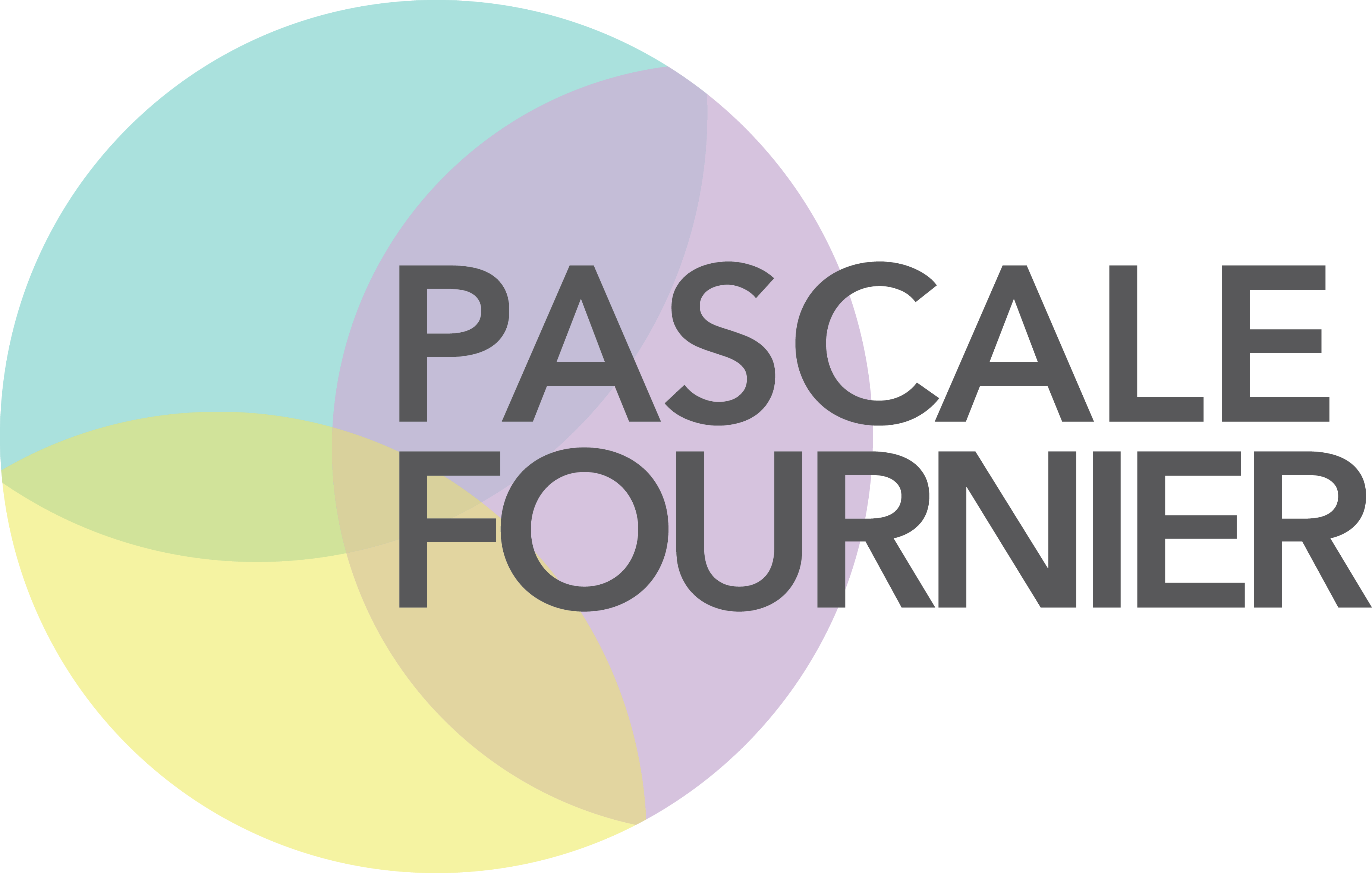Co-publication with Professor Jacques Berlinerblau in the journal Secularism and Nonreligion!
Pascale Fournier and Jacques Berlinerblau are proud to co-author an article in the journal Secularism and Nonreligion entitled “Reframing Secularist Premises: Divorce Among Traditionalist Muslim and Jewish Women within the Secular State“. This publication is a continuation of the collaboration between the two researchers. In 2014, both authors had the opportunity to contribute to the writing of the book “Secularism on the Edge: Rethinking Church-State Relations in the United States, France and Israel “.
This time, both authors are interested in the issue of divorce as experienced and negotiated by religious women in secular states. Specifically, the authors confront the main theories developed on secularism, such as that of George Jacob Holyoake and more generally, those from the post-Foucaldien current with the lived experiences reported by Muslim and Jewish women. Based on interviews conducted in Canada, France, Germany and the United Kingdom, the authors urge us to question several hypotheses underlying these theoretical approaches. Indeed, a more in-depth study of empirical data collected in the field demystifies three dominant beliefs.
The first approach states that religious women lack agency when they interact with the private religious sphere and the public secular sphere. This hypothesis is challenged by the study of the two researchers because, in reality, such women make active choices regarding the rejection or adoption of religious norms. In other words, religious women displayed a power of creation and interpretation of the law contrary to what theorists of political secularism suggest.
The second dominant belief is the idea that religious women are unable to criticize their own religious traditions because none of their choices are free from the insidious oppression of religion (MacKinnon 1983). This hypothesis is also rejected by the authors, because while it is true that several women are not inclined to blame their misfortunes on religion or God, they are nevertheless critical of those who practice religion, such as their husbands and religious authorities. Some participants even complained about the cultural perception of divorce and, more specifically, about the shame it brings on the divorced woman and her family. To quote a participant on this subject: “Ninety percent of the time, it is considered to be the Woman’s fault. Even when people know the details, there is an expectation that the woman should have given in, done more, conformed, changed herself. I find that to be very cruel to women. […] “.
A third belief that seems outdated is one related to the “Dual Navigation” dilemma. According to this hypothesis, religious women are trapped between secular and private religious spheres and have limited room for maneuver. However, the field study confirms that the presence of parallel secular institutions gives women some leverage in the negotiation of their religious marriage and divorce. In one case, for example, Jewish participants in England made use of the The Divorce (Religious Marriages) Act 2002. This law, which was inspired by Section 21.1 of the Divorce Act, refers to religious divorce and is intended to regulate the problem of the agunah (or “chained woman”) by offering the civil courts the means to pressure the husband to grant the get (religious divorce) when the civil divorce proceedings are suspended (Douglas et al., 2012).
Thus, we find that religious women often navigate both the religious and secular avenues to maximise gains for themselves and their children (Woodhead 2008, Fournier 2012). Although this conclusion does not necessarily support the post-Foucaultian theory, it does not negate it entirely. On the contrary, this article is a call for caution when assessing the merits of exclusively secular policies and projects (See Burns 2013). Finally, the authors demonstrate that if we take into account the role of religious women in doctrinal reinterpretation and the re-appropriation of religious rules, we can improve the situation of religious women more generally and pave the way for potential legal reform that takes into account these multiple interactions between secular and religious spheres.




